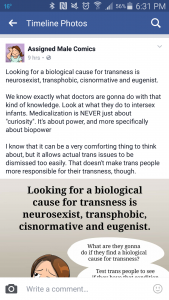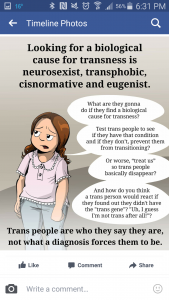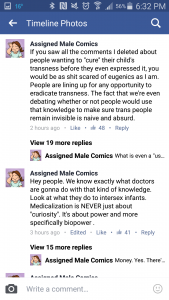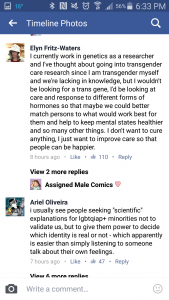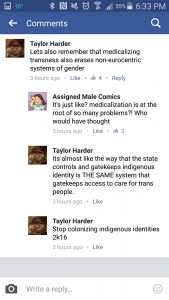http://www.ageofautism.com/2014/09/minority-report-a-covert-cdc-program-inoculated-black-babies-with-deadly-experimental-measles-vaccines.html
http://www.forbes.com/sites/emilywillingham/2015/07/22/robert-f-kennedy-jr-gets-it-wrong-about-african-american-boys-and-autism/#689f21e93f39
These articles relate to a study run by the Center for Disease control that caused a lot of controversy around the issue of certain vaccines causing an increased risk for developing autism, specifically within African American males.
The first article details how different African American male babies were given an experimental vaccine supposed to help prevent MMR. However, the article goes on to mention is that the CDC found a link between this disease, the time it was administered in babies and how it caused these children to be at a higher risk for autism. According to the article, nothing was done with this information and this new information was not given to the parents who were signing up for this study. Because of this, the article argues that this was not informed consent and that the doctors and scientists at the CDC were not providing the proper informed consent to these parents.
The second article completely disagrees with the first article, saying instead that the correlations found between African American male babies, increased risk for autism and this vaccine just that, correlations. This article continues on to say that these correlations were blown out of proportion and often the data was misunderstood. There is the underlying message in this article that not only are there not risks with this vaccine, but also that by creating rumors of its link to autism, this prevents parents from vaccinating their children. This causes the vaccines in the general public to not work.
I think that this story clearly illustrates the concept we talked about in class about how many different doctors believed that there were differences in the races, and because of this, had different reactions to the same medication. This type of thinking is exceedingly dangerous, especially because it was proved by the human genome project that there is no such think as different human races. And as outlined in the second article, it is extremely dangerous for children to not have their vaccinations, as it opens themselves and other children to the risk of contracting a very dangerous disease. This is also another example of singling out an already marginalized group and turning them more against the healthcare community, when these vaccines could help save their child’s life.
